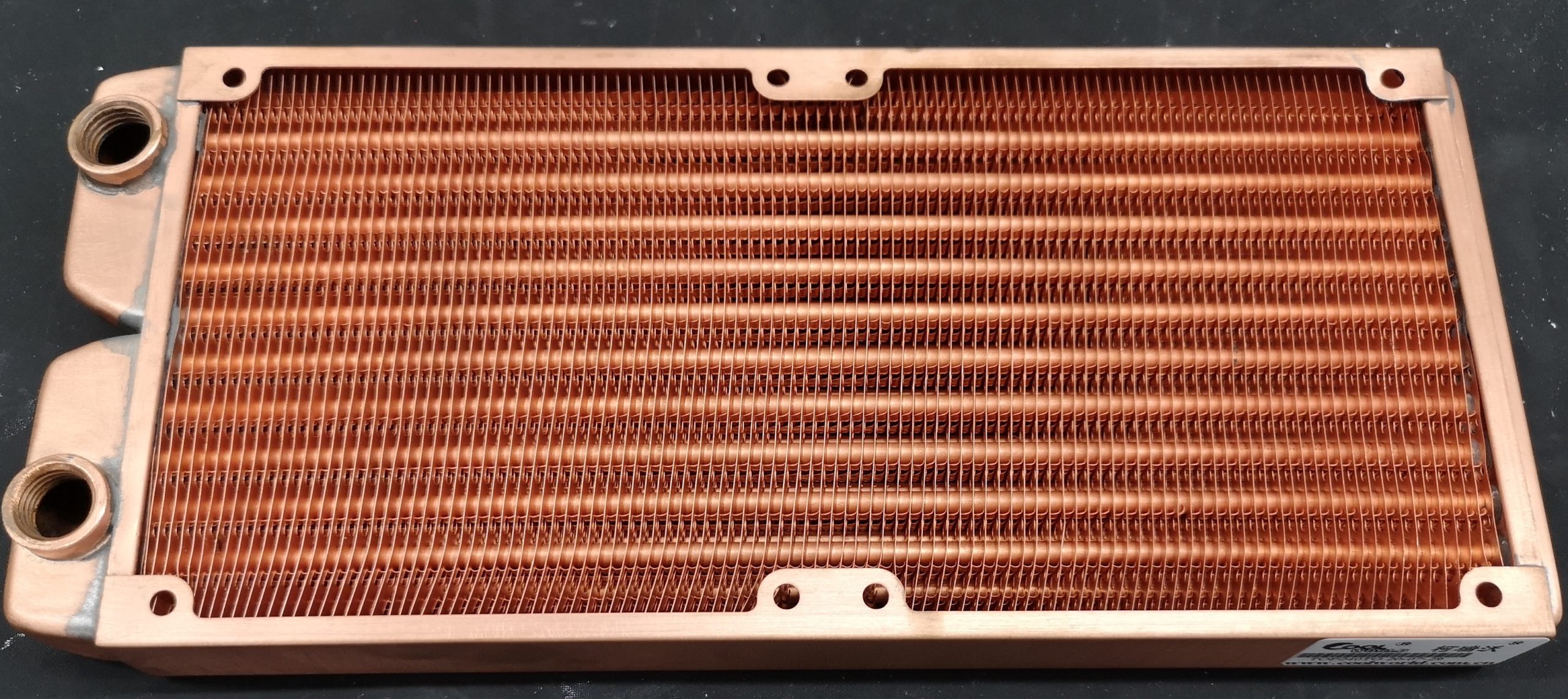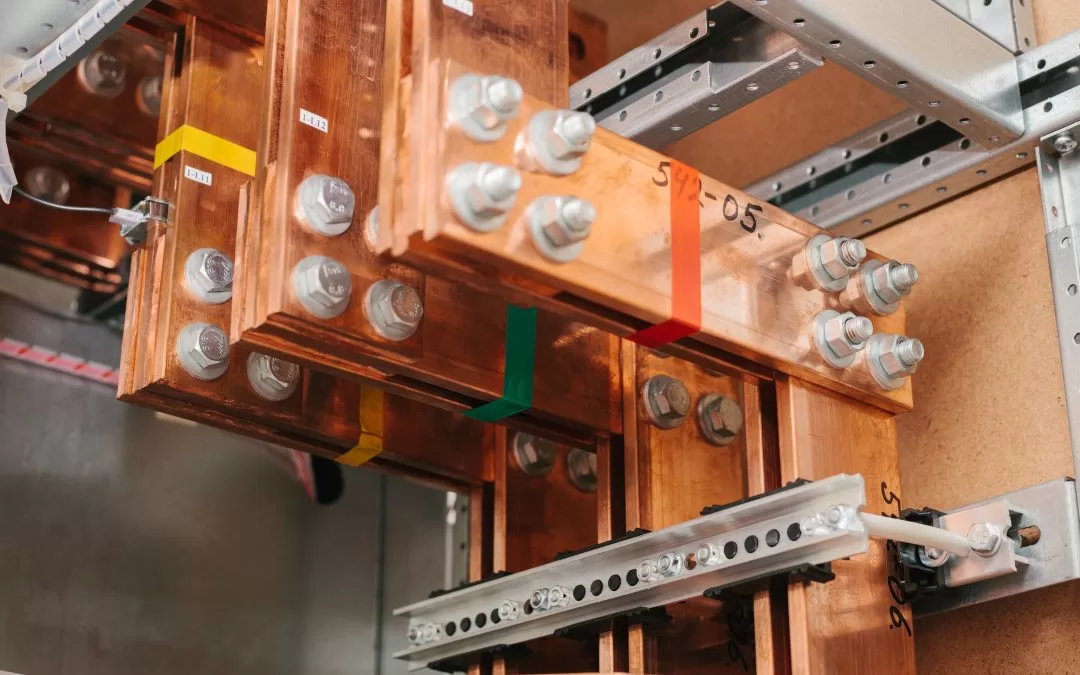Copper Alloys – Austral Wright Metals
 |
Application Data Sheets – Copper Alloys |
Copper Metals |
Copper alloy metals are used for their electrical and thermal conductivity, corrosion resistance, appearance and colour, and ease of working. They have the highest conductivity of the engineering metals and are very ductile and easy to braze, and generally to weld. Typical applications for alloys copper alloy include electrical wiring and fittings, busbars, heat exchangers, roofs, wall cladding, tubes for water, air and process equipment.
There are a number of copper alloy metals, with properties tailored for specific applications by judicious additions of traces of alloying elements. Whilst their is a vast range of copper alloys, such as brass, bronze, copper nickel and beryllium copper, copper metal is usually considered to contain no more than 0.1% of elements other than copper and silver.
Chemical CompositionAS2738.2 -1984
Electrical Conductivity of Copper AlloyThe electrical conductivity of copper alloy is often used as a benchmark of purity. The highest conductivity is obtained with pure copper. For ease of comparison, the conductivity of the purest commercial copper was set as the International Annealed Copper Standard (IACS) some years ago. 100% IACS corresponds to 0.5800 microhm?¹.cm?¹. Modern refining techniques now routinely produce copper of higher purity, which exceeds 100% IACS. C11000Electrolytic tough pitch copper, is the most commonly used metal in the group, with electrical conductivity of 100% IACS or better. It is made by melting cathode copper in a moderately reducing atmosphere, and may contain up to about 0.05% of oxygen as cuprous oxide. When heated above about 370°C in the presence of hydrogen (e.g. a gas flame) it may become hydrogen embrittled. C11000 is unsuitable for gas welding and high temperature brazing. C10100 and C10200Oxygen-free copper alloys, are made by melting cathode copper in low hydrogen, reducing conditions, without the addition of a deoxidising agent. These metals have high conductivity, exceptionally high ductility, low gas permeability, freedom from hydrogen embrittlement and low outgassing in a vacuum. C10300Oxygen-free extra low phosphorus copper alloy, is made by melting cathode copper under less critical conditions, deoxidising with phosphorus and controlling for a low residual phosphorus. Mechanical properties are similar to C10100 and C10200 at lower cost.
C11600Silver bearing tough pitch copper alloys, are used where resistance to softening in the cold-worked condition above about 200°C is required. Silver does not reduce the conductivity of the copper significantly. C12200Phosphorus deoxidised copper, has been made weldable and brazeable by deoxidising with phosphorus. It is used for flat products, tubing and similar applications. Phosphorus significantly reduces the conductivity, which may go as low as 70% IACS. C14210, Phosphorus deoxidised arsenical copper alloys, also contains a small quantity of arsenic, which raises the softening temperature and significantly improves corrosion resistance in waters. C14700Sulphur bearing copper, has a sulphur addition to improve machinability. The reduction of conductivity is slight, to about 95% IACS.
Advantages of copper alloyCopper alloys have numerous benefits and in particular are a crucial element within electrical distribution systems, especially when simplifying the process of electrical power distribution, reducing overall cost, and allowing for greater flexibility. Their superior electrical and thermal conductivity is only matched by silver, making it a much more economical option. Whilst copper is most commonly associated with electrical applications, it is in fact more widely used in the building sector. It’s longevity, corrosion resistance and aesthetic appearance makes copper alloy a preferred metal for roofing, cladding and rainwater goods. Australian Product Specifications
ASTM Product Specifications
|



